With the Wasatch and Uinta mountains and high mountain valleys between, this country really is Utah’s summit.
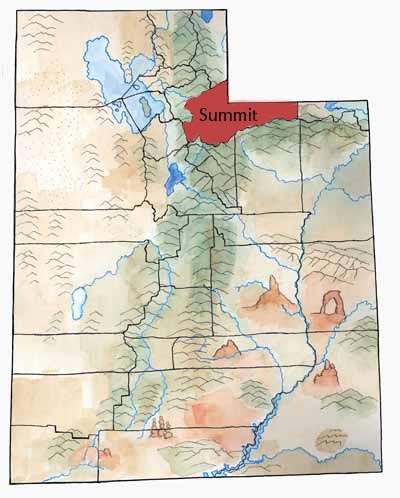
On the county’s eastern side, the big, ancient Uinta Mountains give birth to the Weber, Provo, and Bear rivers—as well as many of the streams that flow into the Green River.
The “back” slope of the Wasatch Mountains forms the west boundary of the county. Several mountain valleys now harbor communities.
First Peoples
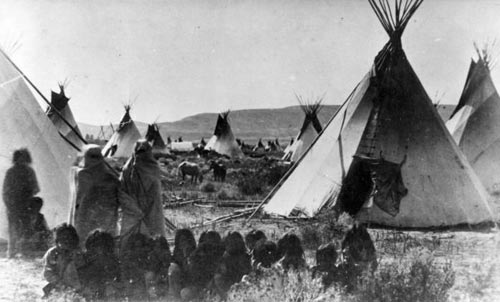
The land of Summit County, rich with wildlife, was a hunting and fishing area for Northern Shoshone and Ute Indians for hundreds of years.
Explorers and Settlers
Fur trappers and traders first came through the county starting in the 1820s. Jedediah Smith, Jim Bridger, and Kit Carson all camped at the numerous springs near Peoa. In 1825 William Ashley’s party of trappers rode across the Kamas Valley to the Weber River, and on to Echo Canyon and Wyoming.
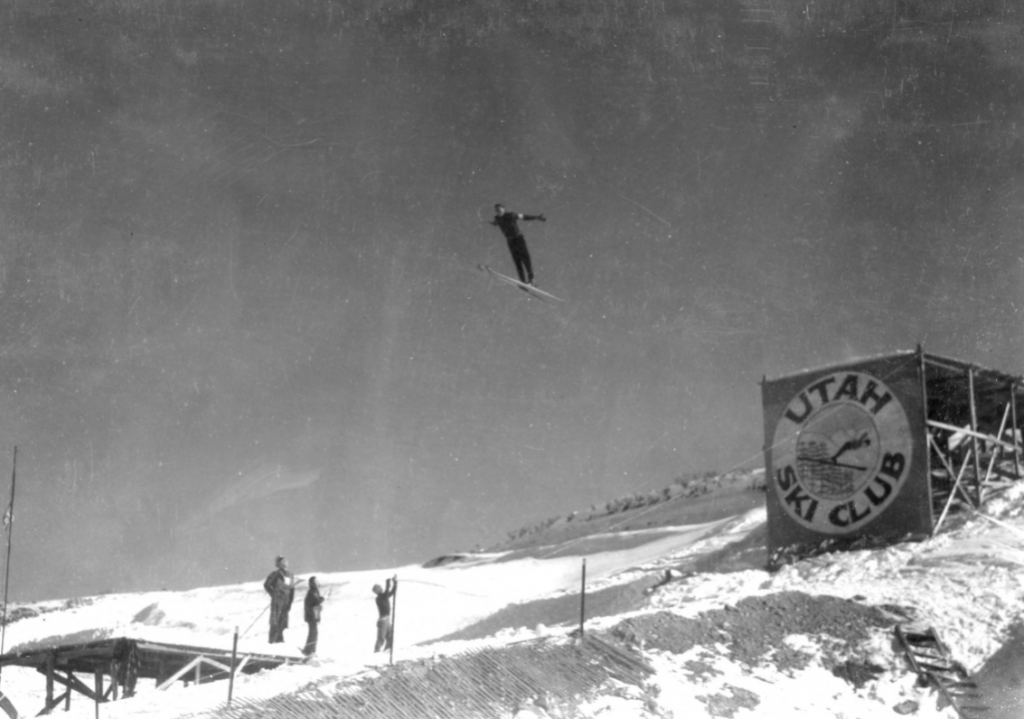
Lots of people traveled through Echo Canyon—and still do. Bison, Native American peoples, and Euro American explorers used this natural pathway between the grasslands of Wyoming and the Great Basin to the west.
Wagon trains followed them later, including 80,000 Mormon pioneers traveling by wagon or foot. The Overland Stage, Pony Express, gold prospectors and silver miners, the Union Pacific railroad, the first transcontinental telegraph line, the Lincoln Highway, and Interstate 80 all used this canyon.
Mormon pioneers Parley Pratt and Samuel Snyder explored the Snyderville Basin in 1848 and grazed cattle in the basin’s grassy meadow. Snyder settled his family there. Other settlers moved up and developed towns in Summit County during the 1850s.
In 1854 James Bromley built the Weber Stage Station at Echo. Fourteen years later, tents, saloons, and brothels sprang up and Echo became a rowdy railroad town for workers building the transcontinental railroad. Later, seven human skeletons were discovered under one saloon.
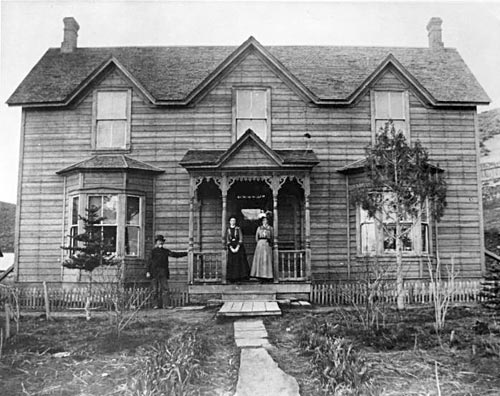
In 1858 President Buchanan sent the U.S. Army to Utah to quell the “Mormon Rebellion”—and enforce laws prohibiting polygamy. A Mormon militia dammed the creek with a rock wall at the Narrows in Echo Canyon to flood the canyon and slow the troops. High up on the canyon walls, they built rock fortifications from which they could shoot and roll rocks down on the troops.
They never had to actually fight, however. The troops entered Salt Lake Valley peacefully in 1859.
In 1858 emigrants camped at Chalk Creek saw mature wheat growing where a grain bag had spilled the year before—without any attention. It seemed like a good place to settle, so some decided to settle there.
A few years later, Thomas Rhoades discovered coal up a nearby canyon—and so Coalville got its permanent name. Wagons hauled tons of coal from Coalville to the Salt Lake Valley settlements before a rail line was built in 1873.
In 1862 William Kimball built the Kimball Hotel in the Snyderville Basin. Travelers on the stagecoach—including Mark Twain, Walt Whitman, and Horace Greeley—stayed at his hotel.
Miners
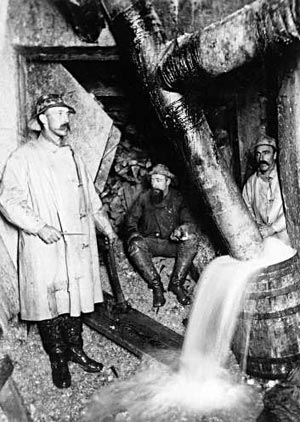
In 1869 soldiers prospecting for ore struck silver in the Park City area. Before long, treasure-seekers were pouring into Summit County hoping to get rich off the rich veins of silver, lead, and zinc in the Wasatch Mountains.
Park City swelled with tents and quickly built houses, saloons, brothels, and cemeteries.
People came from all over the world to find economic opportunities in Park City. Some people made fortunes from the mines. You can see evidence of their wealth in the elegant mansions they built on South Temple in Salt Lake City. But most of the miners just worked hard and died young.
In 1898, a huge fire destroyed most of Park City’s Main Street. Residents soon rebuilt their town.
Mining remained important until the 1950s, but at that time most mine companies could not make enough money to stay open. So many people left Park City that some people called it a ghost town.
Wanship Dam and a Freeway
In the 1950s, the government decided to build the Wanship Dam—which would flood the little town of Rockport. The people who lived there—and most of the county—protested, but they lost. They had to move and watch the lake waters rise up and swallow their town.
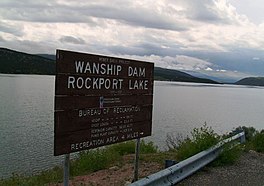
Another decision by the federal government in the 1960s split the valley between Wanship and Coalville in half with a new freeway. Residents had begged the government to build the freeway along the hills so it wouldn’t separate them from their farms and neighbors. But the government went ahead and built I-80 right through the middle of the valley.
Economy
Though mining fizzled in Park City, the mountains around the town held other opportunities. One mine company opened a ski resort, golf course, and condominiums in the 1960s. Since then, skiing and recreation have become the basis for the economy of western Summit County.
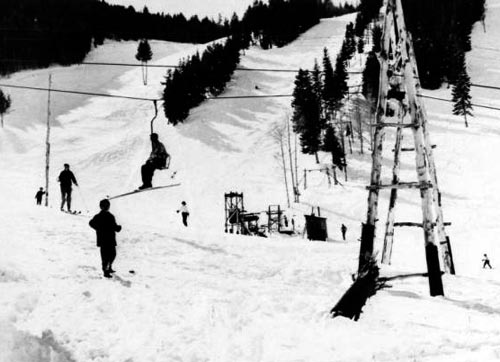
Many people have moved to Summit County, drawn by its beauty and recreation, and the meadows of the Snyderville Basin are now filled with homes and condos. Farming and ranching are still important in the rest of the county.
During the 1930s, Ecker Hill was renowned for its ski jump competitions. Ski jumping returned to Summit County during the 2002 Winter Olympic Games, when it hosted the Nordic jumping and other events, including the bobsled, luge, skeleton, aerials, and snowboarding.
Each January the streets of Park City are filled with movie stars, directors, producers and more during the annual Sundance Film Festival.
Did You Know?
| Mormon militia built fortifications along Echo Canyon in 1857 to prepare for a war that never happened. |
| Park City silver mines lured workers from the British Isles, Germany, Denmark, Finland, Canada, and China. Only a few made a fortune. |
| In 1957, 27 families were forced to leave their town of Rockport because the waters of Rockport Reservoir would soon cover their homes. |
| From the 1920s to the 1940s, Ecker Hill attracted world-class ski jumpers from Norway. |
| In the 1940s, Deer Valley was the site of a ski lift built with pine and aspen poles. The ski area was called Snow Park. |
Fast Facts
Area: 1,849 Square Miles
County Seat: Coalville
Where it Got its Name: The high mountain tops that divde the Weber, Bear, Provo, and Green River drainages. Summit County contains 39 of Utah’s highest mountain peaks.
Mountain Cities and Towns: Park City, Coalville, Kamas
Economy: Skiing, Recreation, Lumbering, Livestock
Keep Exploring!
Return to the County’s home page here.
Return to the I Love Utah History home page here.